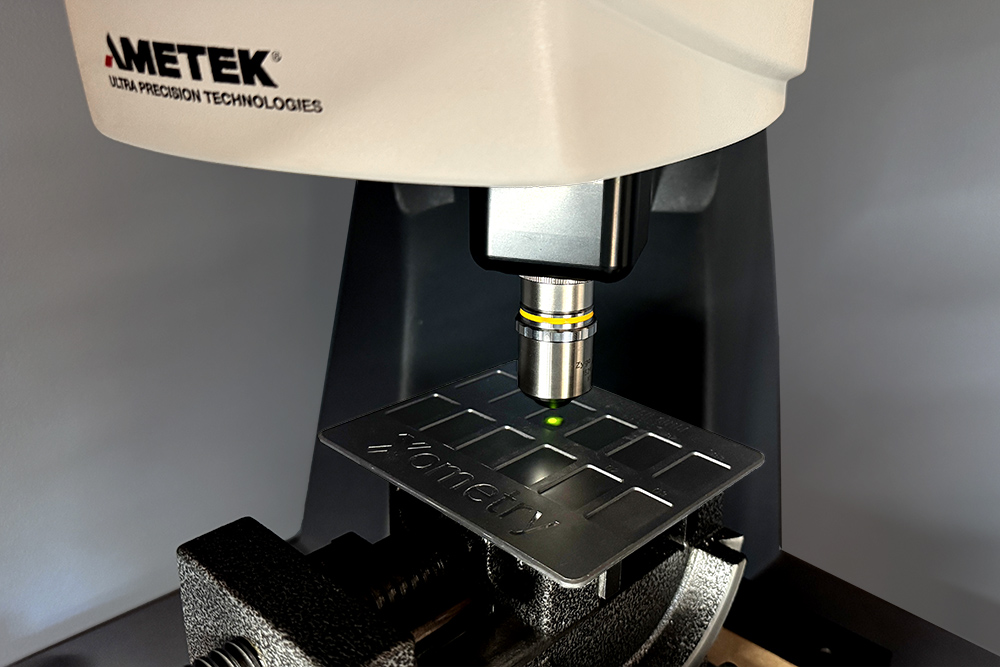
SPI surface finishes are standardized textures for plastic injection molds and molded parts. The surfaces were defined by the Society of the Plastics Industry (SPI), now known as Plastics Industry Association (PLASTICS). These standards help manufacturers specify the surface texture of the final part, which directly affects appearance, feel, grip, etc.

SPI finishes are grouped into four main categories:
| Grade | Method | Typical Appearance | Applications |
| A | Diamond polished | Very smooth, glossy | High-gloss parts (e.g., lenses) |
| B | Grit sandpaper | Satin, semi-gloss | General-purpose consumer products |
| C | Stone finish | Matte or dull | Less visible scratches, lower cost |
| D | Blasted (glass or bead) | Rough texture | Grippy or non-cosmetic surfaces |
Grade A: Produced with diamond polishing, very smooth and glossy, for general-purpose consumer products
Grade B: Produced with grit sandpaper, satin or semi-gloss, for general-purpose consumer products
Grade C: Produced with a stone finish, matte or dull, lower cost finishes with less visible scratches
Grade D: Produced with glass or bead blasting, rough texture, for grippy or non-cosmetic surfaces
Measured via Zygo ZeGage Plus optical profiler (10X)
Data source: Digital Metrology
Interested in plastic surfaces? You may also want to check out the Mold-Tech Fine, Mold-Tech Coarse, and VDI 3400 datasets in our Library!
Data format: .os3d (open with OmniSurf3D)
Please log in below to download the datasets. If you’re new to the page, please take a moment to register here.
I forgot my password
How to cite
If you use this dataset, please reference it as follows:
Digital Metrology Solutions. “Surface Library.” Digitalmetrology, digitalmetrology.com/dataset/spi-surface-finishes. Accessed Nov 20, 2025.


